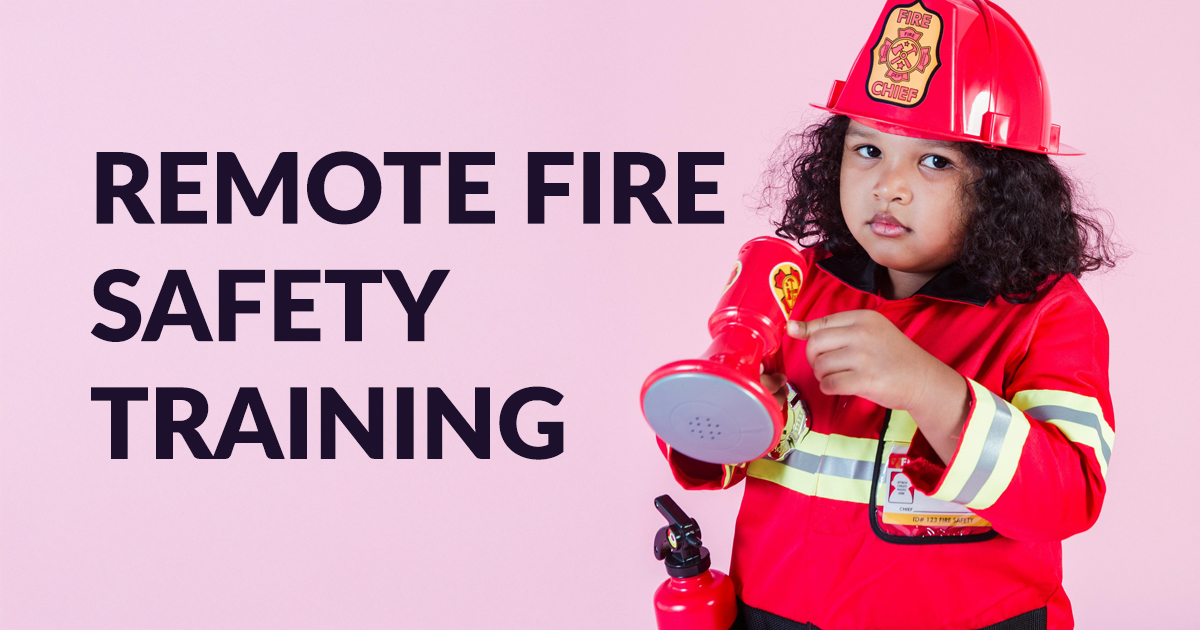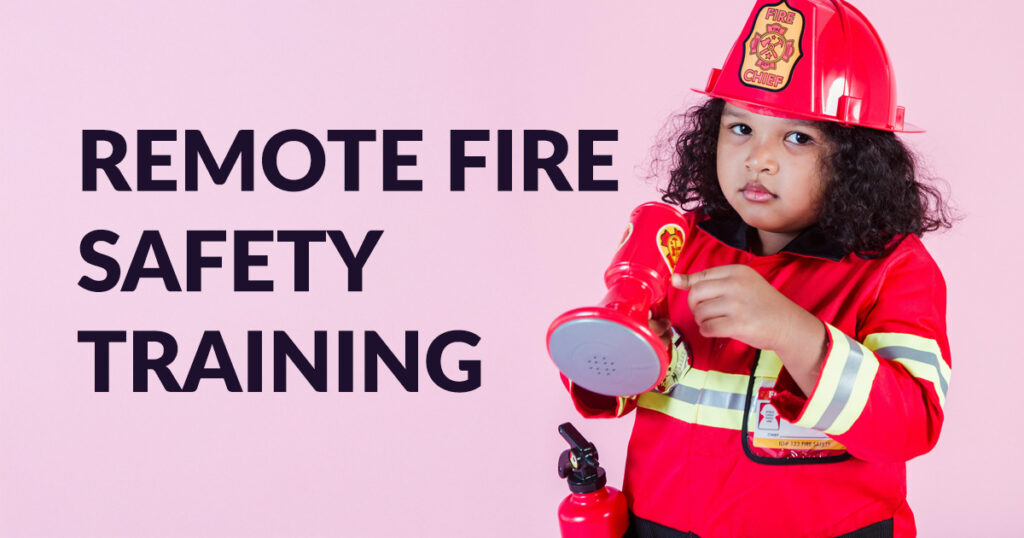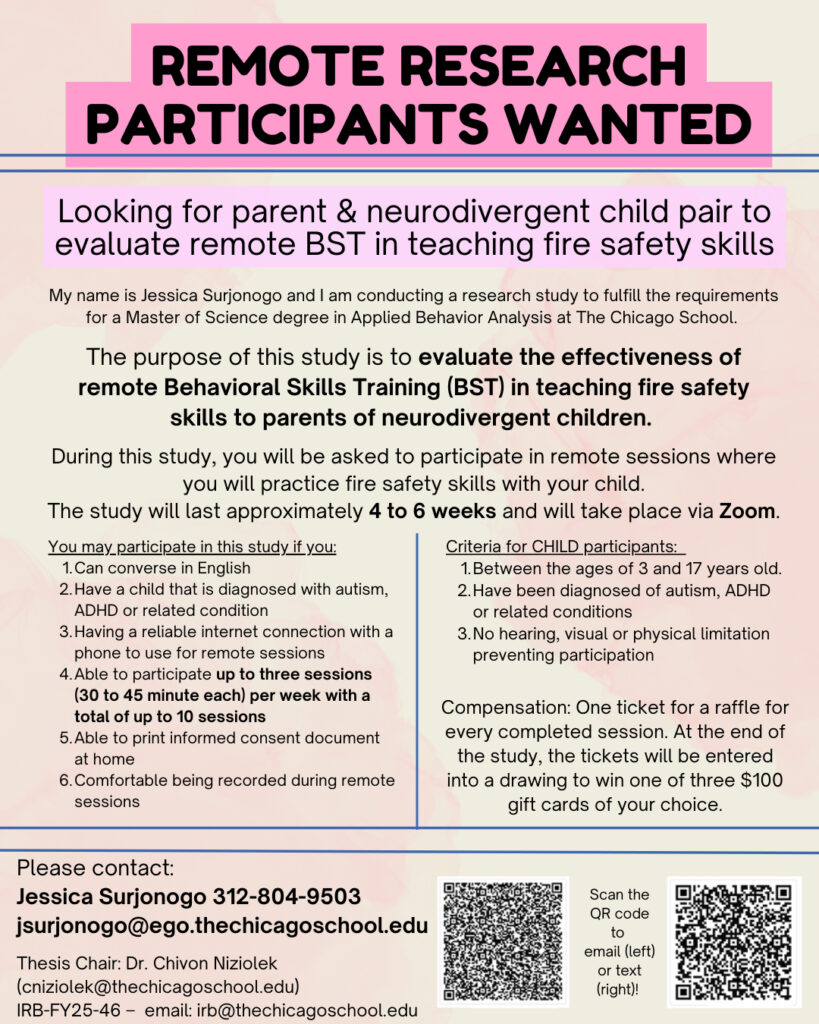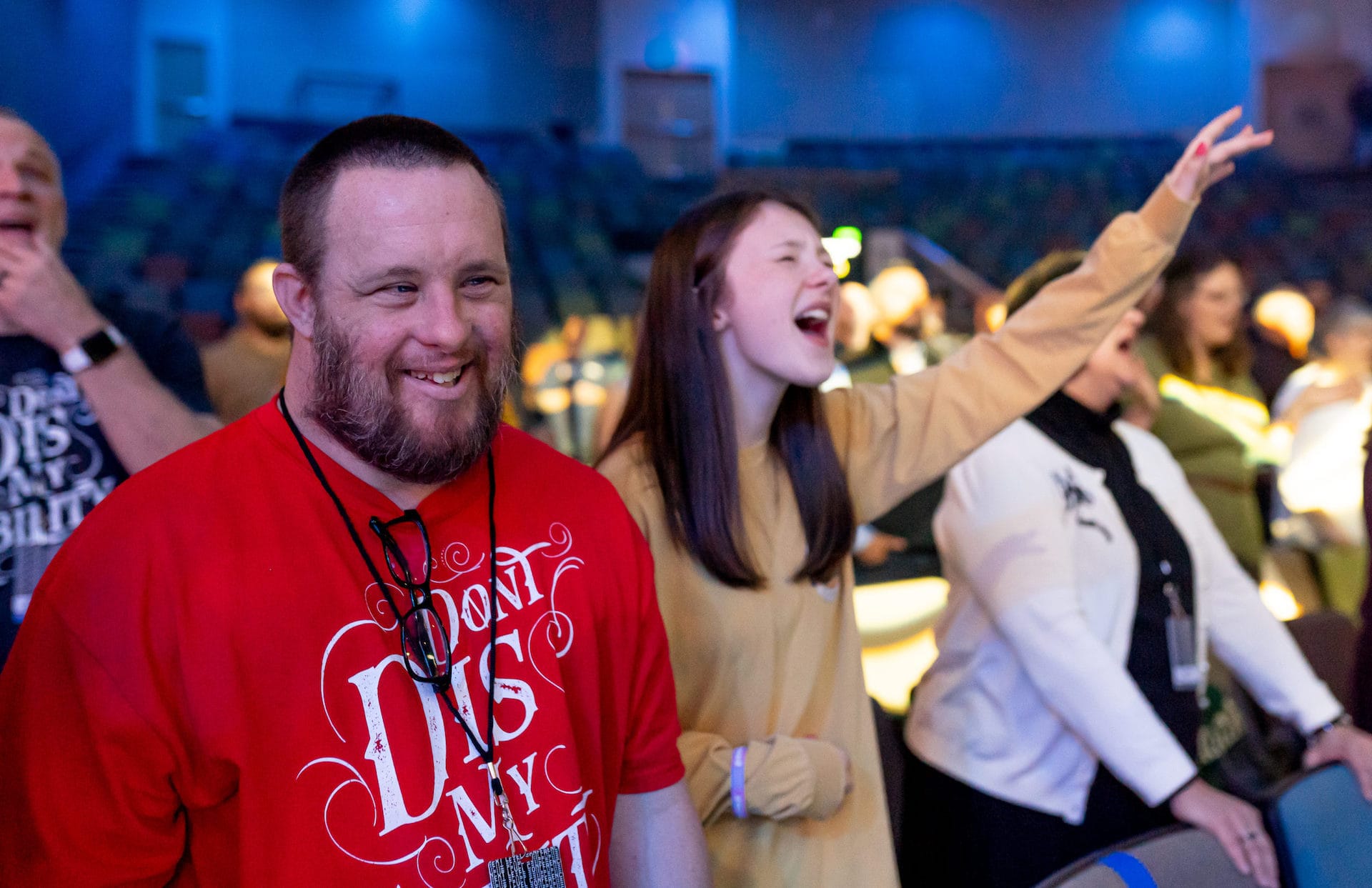

Every 21 seconds, a fire department in the United States receives an emergency call, and tragically, someone loses their life to a fire-related incident every three hours and fourteen minutes (Hall, 2024). For neurodivergent children—those with autism spectrum disorder (ASD), attention-deficit/hyperactivity disorder (ADHD), or other developmental conditions—the risks are even greater. These children often face unique challenges that can make escaping a fire more difficult, such as sensory sensitivities, communication barriers, or difficulty following complex instructions.
Remote Behavioral Skills Training (BST) offers a promising solution by equipping parents with the tools they need to teach critical fire safety skills directly to their children at home. BST is a well-established method in applied behavior analysis that includes four components: instruction, modeling, rehearsal, and feedback. This structured approach has been used successfully in teaching various safety skills, including gun safety (Miltenberger et al., 2005), abduction prevention (Gunby et al., 2010), and fire safety through video modeling (Morgan, 2017). By participating in a remote BST program, parents and children can achieve meaningful outcomes that enhance safety and independence.
Parents who will engage in this type of training will gain confidence in their ability to guide their child through essential fire safety steps. The process will begin with instruction, during which parents will learn how to use full physical prompting and forward chaining to teach each step effectively. They will also be trained on how to deliver reinforcement immediately after correct responses, which will encourage learning and motivation. Following this, the researcher will model each step live via Zoom, allowing parents to observe best practices before they practice with their child during the rehearsal phase. Throughout this process, parents will receive immediate verbal feedback from the researcher, helping them refine their technique and ensure accurate implementation of the procedures.
Children will benefit immensely from this hands-on, individualized instruction. The fire safety skill taught in this study will consist of six key steps: remaining calm and attentive when hearing the alarm, communicating that there is a fire, standing up and moving toward the nearest exit, exiting the building safely, walking to a designated safe spot, and staying there until further instructions are given. Each child will be supported with full physical prompts initially, which will gradually be faded as they begin to respond independently. The goal will be for each child to complete at least 90% of the steps with minimal prompting across multiple sessions and in different rooms of the house, ensuring generalization of skills beyond a single setting.
The benefits of this training will extend beyond just knowing what to do in case of a fire. Parents will leave the study with a deeper understanding of how to teach new skills using evidence-based methods, which will be applicable to other areas of daily living. Their child will have gained a potentially life-saving skill set that promotes independence and safety. Additionally, both parent and child will participate in social validity assessments to ensure the experience will be positive, engaging, and meaningful. Parents will complete a questionnaire evaluating their satisfaction with the training, while children will be asked simple questions about their experience through direct questioning or parent observation.
This study builds upon previous research that demonstrated the effectiveness of video modeling (Morgan, 2017) and in-person BST (Garcia et al., 2016) in teaching fire safety to children with autism. It also aligns with broader findings that show parent-implemented behavioral interventions can lead to significant improvements in both targeted and untargeted skills (Dogan et al., 2017). However, unlike earlier studies, this one focuses specifically on delivering training remotely, making it accessible to families regardless of geographic location or access to in-person services.
By participating in this study, families not only contribute valuable data to the growing field of telehealth-based behavioral intervention but also take a proactive step toward protecting their loved ones. In a world where emergencies can happen without warning, empowering parents to become skilled teachers of life-saving behaviors is more important than ever. Remote BST provides a flexible, effective, and compassionate way to meet this need—one family at a time.


